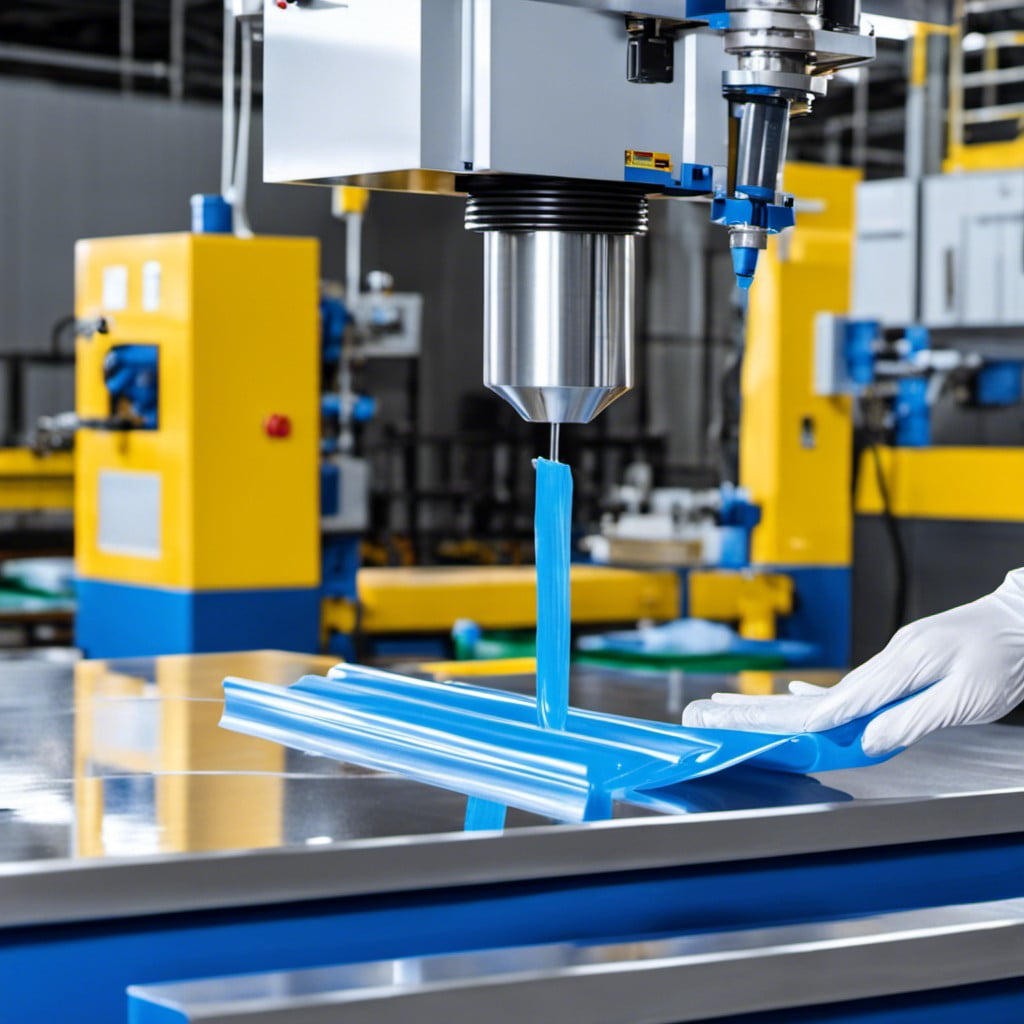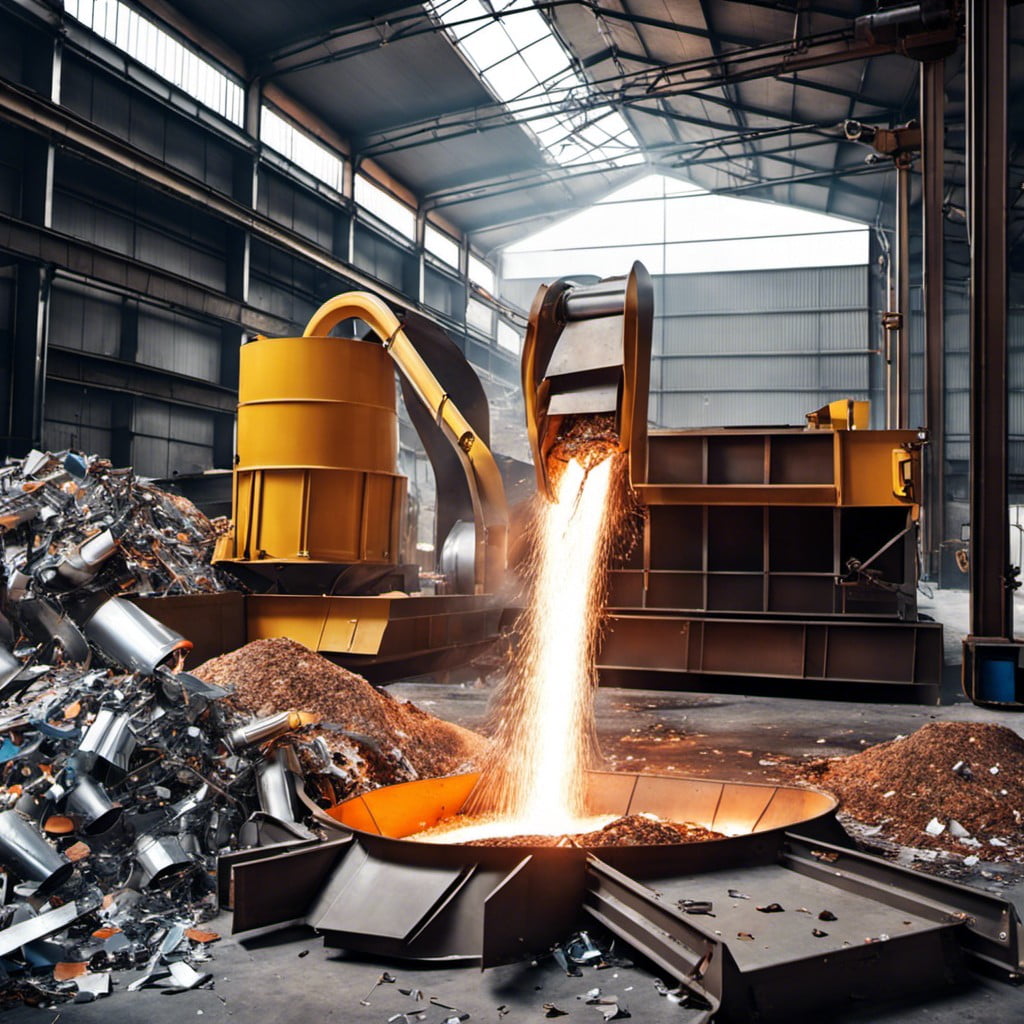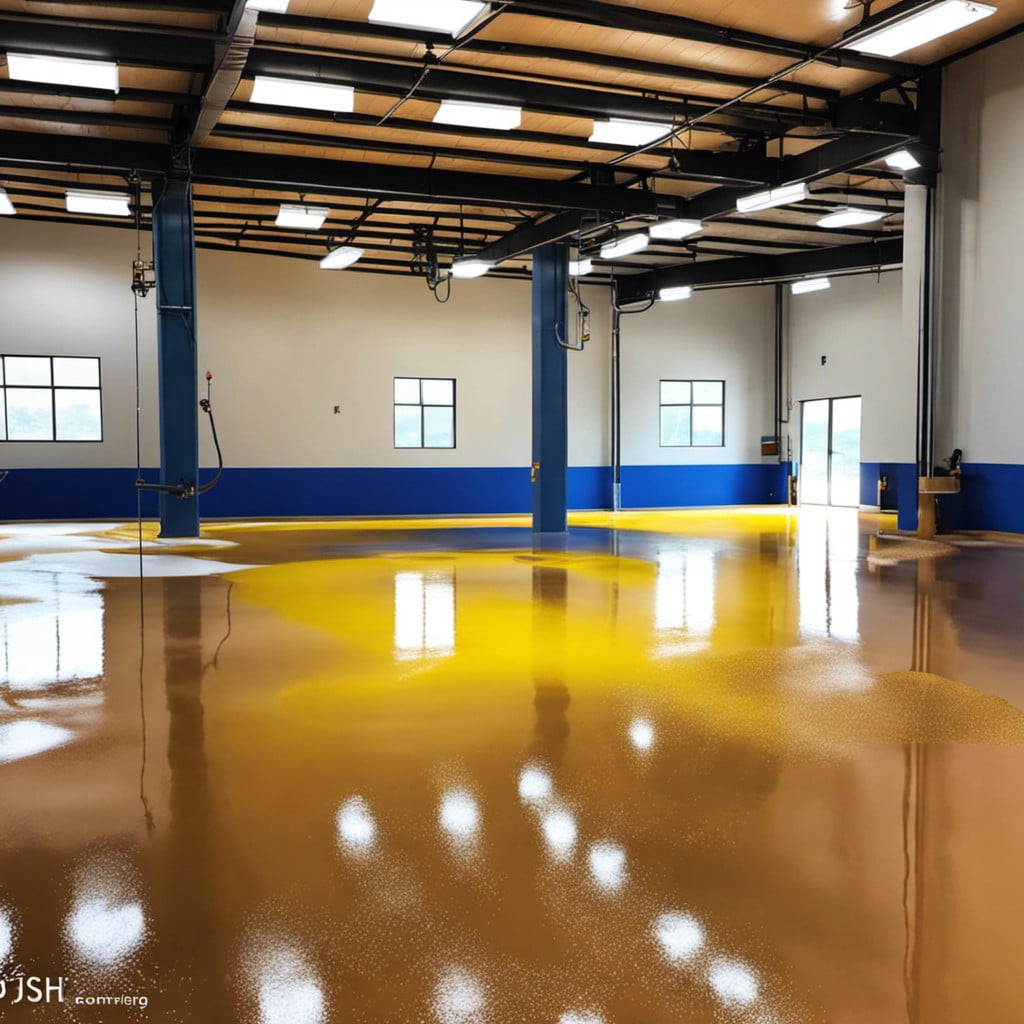Explore the dynamic world of extruded plastics market, its trends and impacts in various industries, as we delve into comprehensive insights and analyses.
Diving right into the heart of the extruded plastics market, it’s clear this industry is a dynamic landscape of constant evolution. The latest statistics reveal intriguing trends and patterns, shaping the future of plastics manufacturing.

From market size and growth rates to regional breakdowns and key players, this comprehensive examination leaves no stone unturned. For those seeking a deep understanding of the extruded plastics industry, stick around as we delve into the nitty-gritty of these fascinating statistics.
By revenue, the market size of the industry is $143.5 billion in 2022
In 2022, the plastics manufacturing industry reached an impressive $143.5 billion in terms of market revenue. This multi-billion dollar valuation is a testament to the significant demand for and production of extruded plastics, driven by varied applications in several sectors such as packaging, construction, and automotive. It also points to the industry’s flourishing state, showcasing the potential for further growth and development.
The market size increased by 12% in 2022 and grows by 2.45 per year on average since 2017
The most recent data reveals an impressive upward trajectory for the extruded plastics market. 2022 saw a significant surge of 12% compared with the previous year.
This robust growth isn’t an anomaly either. Analysing yearly trends since 2017, the industry has consistently expanded at an annual rate of 2.45%.
This steady momentum signals a healthy and resilient market.
In terms of product insight, Polyethylene held the largest market share with over 25.28% in 2022
Polyethylene, with its myriad of applications in packaging, consumer goods, and construction, dominated the market in 2022. A sizeable portion, over a quarter of the market share, was commanded by this high-demand plastic product. This prominence can be linked to polyethylene’s favorable properties, such as high durability, flexibility, and resistance to moisture and chemicals.
A testament to its unflagging demand, despite the market’s competitive nature.
In plastic application, the injection molding application segment held the largest market share with 43.48% in 2022
The injection molding application segment claims the lion’s share among plastic applications. Last year, it accounted for 43.48% of the market, affirming its dominant position. This occurs due to advantages such as high production speed, repeatable high tolerances, ability to use a wide range of materials, low labor cost, minimal scrap losses, and little need to finish parts after molding.
Industries like automotive, packaging, and consumer goods, among others, benefit from injection molding’s unique capabilities, reflecting its predominance in the market.
The extruded plastic market is projected to grow $291.74 billion by 2026 at a CAGR of 4.7%
Extrusion plays a crucial role in the plastics industry, thanks to its versatility and efficiency in manufacturing.
Now, let’s explore the industry’s growth prospects.
According to current forecasts, we’re looking at an impressive compound annual growth rate (CAGR) of 4.7%.
This means by 2026, the sector could reach a market capitalization of $291.74 billion.
These figures strongly indicate a lucrative future for businesses in this sector, suggesting solid potential for return on investment.
However, to remain competitive and profitable in this expanding market, companies must continue to innovate and optimize their operations while sticking to environmental standards.
DOW Chemical Company and Sigma Plastics Group are the leading players in the extruded plastic market
Demonstrating clear dominance are DOW Chemical Company and Sigma Plastics Group. Their substantial share in the extrusion sector is attributable to innovative practices, consistent quality, and an expansive product portfolio.
DOW Chemical Company, a global entity, retains a strong presence in various plastic solutions, amplifying its contribution to the extruded plastics market. Simultaneously, Sigma Plastics Group, recognized for its customized solutions and reliability, caters to an extensive clientele, further solidifying its prestigious position.
Both corporations continuously work towards advancements, not only challenging competitors but also shaping the future of the industry. Their determined pursuit of operational excellence and product innovation underlines their market leadership. Their influence is expected to persist as the market continues its steady growth trajectory.
The cost for plastic extrusion typically ranges from $1,000 to $10,000+
Extrusion, despite being a critical process in plastics manufacturing, is quite economical, with costs fluctuating principally based on the extent of required customization. Typically, outlays begin at an accessible $1,000, escalating to over $10,000 for more complex operations.
This range derives primarily from the intricacy, design specificity, and the type of plastic employed in the process. Other determining factors include machinery setup time, run time, and labor costs.
Understanding these cost determinants can provide manufacturers with the insight to optimize operations, reduce unnecessary expenditures, and increase their profitability.
The average hourly wage for a machine operator for a plastic extruder is about $5 to $25
Machine operators play a crucial role in the plastics manufacturing industry, given their responsibility in managing the machinery used in the extrusion process. While the wage band can appear wide, it is reflective of the vast scope of expertise within this role – ranging from entry-level employees to highly experienced operators.
On the lower end, a novice machine operator may earn around $5 per hour, often tasked with basic duties and lower-risk operations. As operators gain more experience and proficiency, their wages can rise significantly. Senior machine operators, often in charge of managing complex machinery or overseeing critical operations, can earn an hourly wage of approximately $25.
This wage structure underscores the value the plastics industry puts on experience and skill in the extrusion process.
For a moderately complex design, the average cost is between $5,000 to $20,000
Assessing the cost variation in designing moderately complex products, it falls within a range of $5,000 to $20,000. Working within this bracket, manufacturers can leverage advanced production techniques, enabling the creation of intricate shapes and size variations alongside maintaining the durability of the product. This flexibility endorses the versatility of plastic extrusion in various applications and sectors like packaging, automotive, and construction. However, the price depends on design complexity, material selection, and the precision required, fostering a broad cost-band. It’s a strategic investment weighing the improved quality and application advantage against the elevated initial costs. Thus, cost-effective and value-adding applications of moderately complex designs enhance competitive advantage.
For highly complex designs, the cost average is between $20,000 to $100,000
Diving deeper into the financial aspect of the extrusion industry, highly intricate design costs command a significant slice of the budget. Ranging from $20,000 to $100,000, these expenditures reflect the critical role advanced extrusion technologies play in producing unique, carefully-layered products.
Innovative formulations, novel applications, and precise molding contribute to these elevated costs. Companies invest heavily in this realm to ensure the production of top-tier, differentiated offerings that meet the intricate demands of various industries, from automotive to healthcare.
The higher costs also encompass quality control mechanisms, strict safety standards, and requisite compliances related to manufacturing, solidifying the company’s commitment to quality over sheer quantity.
References:
- https://www.ibisworld.com/
- https://www.grandviewresearch.com/
- https://www.marketsandmarkets.com/
- https://www.la-plastic.com/
Recap




